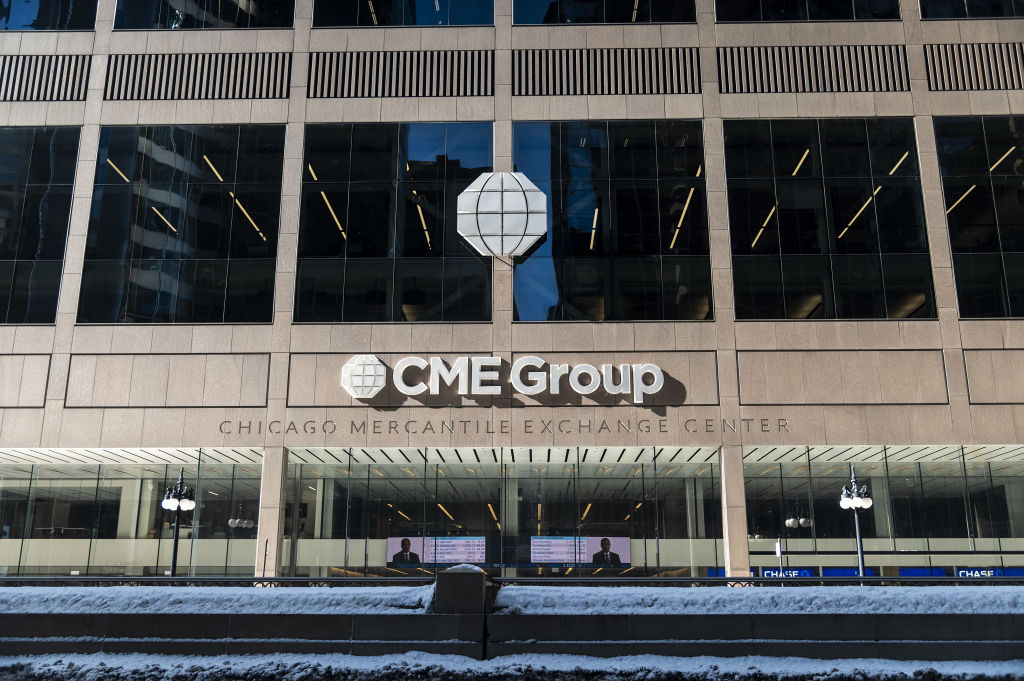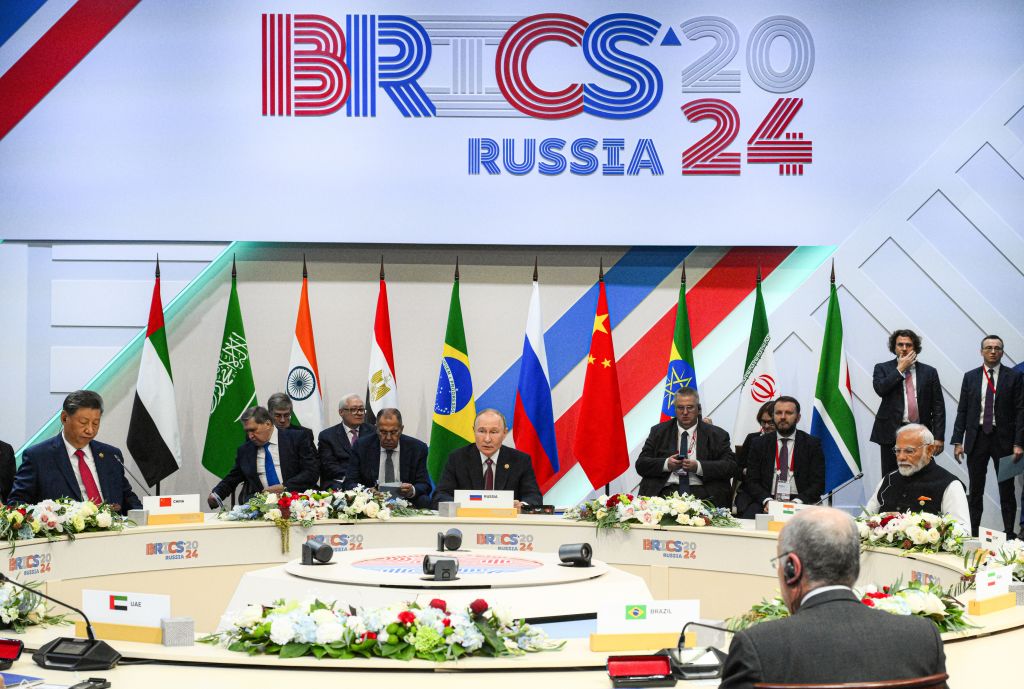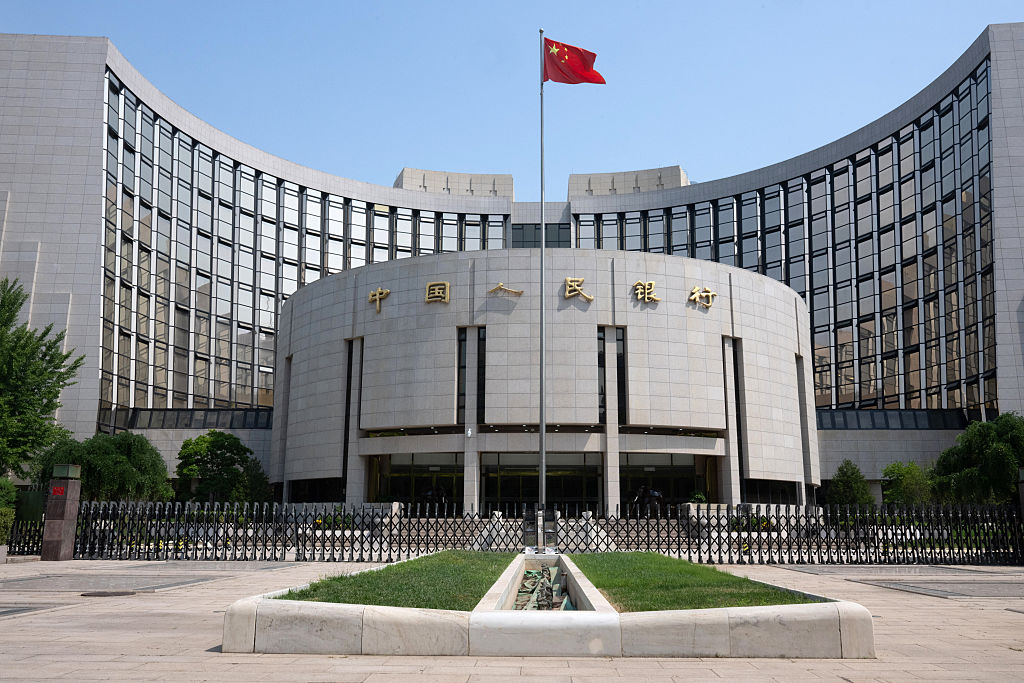Turkey’s next currency crisis approaches
The Turkish lira is down by 14% against the dollar this year and has been trading above the ₺8/€1 level for the first time in two years.
The Turkish lira is “back in the firing line”, says William Jackson of Capital Economics. The Turkish tourism industry has been hit hard by the pandemic, reducing crucial foreign-currency earnings.
Rising tensions with EU member states have led to talk of economic sanctions. The result is that the lira is down by 14% against the dollar this year and has been trading above the ₺8/€1 level for the first time in two years.
Turkey’s central bank is thought to have spent more than $60bn propping up the lira this year but it is fast running out of options, say Caitlin Ostroff and Anna Isaac in The Wall Street Journal. Exchange reserves are dwindling and the only remaining option – an interest rate hike – is practically ruled out because of pressure from President Recep Tayyip Erdogan to keep credit easy.
MoneyWeek
Subscribe to MoneyWeek today and get your first six magazine issues absolutely FREE

Sign up to Money Morning
Don't miss the latest investment and personal finances news, market analysis, plus money-saving tips with our free twice-daily newsletter
Don't miss the latest investment and personal finances news, market analysis, plus money-saving tips with our free twice-daily newsletter
That means that devaluation looks likely, but if the authorities lose control of that process then inflation – already at 11.76% – could spike higher. Foreign investors have pulled $4.3bn out of Turkish shares this year, which is only exacerbating the currency’s problems.
It is only two years since Turkey’s last currency crisis. On that occasion the lira lost more than 25% of its value against the dollar and inflation peaked at 25%, forcing the central bank to hike interest rates to an eye-watering 24%. A series of currency crises have seen the lira lose 83% of its value against the US dollar since August 2008.
Get the latest financial news, insights and expert analysis from our award-winning MoneyWeek team, to help you understand what really matters when it comes to your finances.
Alex is an investment writer who has been contributing to MoneyWeek since 2015. He has been the magazine’s markets editor since 2019.
Alex has a passion for demystifying the often arcane world of finance for a general readership. While financial media tends to focus compulsively on the latest trend, the best opportunities can lie forgotten elsewhere.
He is especially interested in European equities – where his fluent French helps him to cover the continent’s largest bourse – and emerging markets, where his experience living in Beijing, and conversational Chinese, prove useful.
Hailing from Leeds, he studied Philosophy, Politics and Economics at the University of Oxford. He also holds a Master of Public Health from the University of Manchester.
-
 How pet insurance can help cut the costs of vet bills
How pet insurance can help cut the costs of vet billsYou can temper the expense of vet bills with pet insurance. There are four main types to consider
-
 Renewable energy funds: stuck between a ROC and a hard place
Renewable energy funds: stuck between a ROC and a hard placeRenewable energy funds were hit hard by the government’s subsidy changes, but they have only themselves to blame for their failure to build trust with investors
-
 Circle sets a new gold standard for cryptocurrencies
Circle sets a new gold standard for cryptocurrenciesCryptocurrencies have existed in a kind of financial Wild West. No longer – they are entering the mainstream, and US-listed Circle is ideally placed to benefit
-
 Profit from other investors’ trades with CME Group
Profit from other investors’ trades with CME GroupCME Group is one of the world’s largest exchanges, which gives it a significant competitive advantage
-
 Investors need to get ready for an age of uncertainty and upheaval
Investors need to get ready for an age of uncertainty and upheavalTectonic geopolitical and economic shifts are underway. Investors need to consider a range of tools when positioning portfolios to accommodate these changes
-
 How much gold does China have – and how to cash in
How much gold does China have – and how to cash inChina's gold reserves are vastly understated, says Dominic Frisby. So hold gold, overbought or not
-
 Debasing Wall Street's new debasement trade idea
Debasing Wall Street's new debasement trade ideaThe debasement trade is a catchy and plausible idea, but there’s no sign that markets are alarmed, says Cris Sholto Heaton
-
 Who is Rob Granieri, the mysterious billionaire leader of Jane Street?
Who is Rob Granieri, the mysterious billionaire leader of Jane Street?Profits at Jane Street have exploded, throwing billionaire Rob Granieri into the limelight. But it’s not just the firm’s success that is prompting scrutiny
-
 Beware the bubble in bitcoin treasury companies
Beware the bubble in bitcoin treasury companiesBitcoin treasury companies are no longer coining it. Short this one, says Matthew Partridge
-
 'EV maker Faraday Future will crash'
'EV maker Faraday Future will crash'Faraday Future Intelligent Electric is failing dismally to live up to its name, says Matthew Partridge